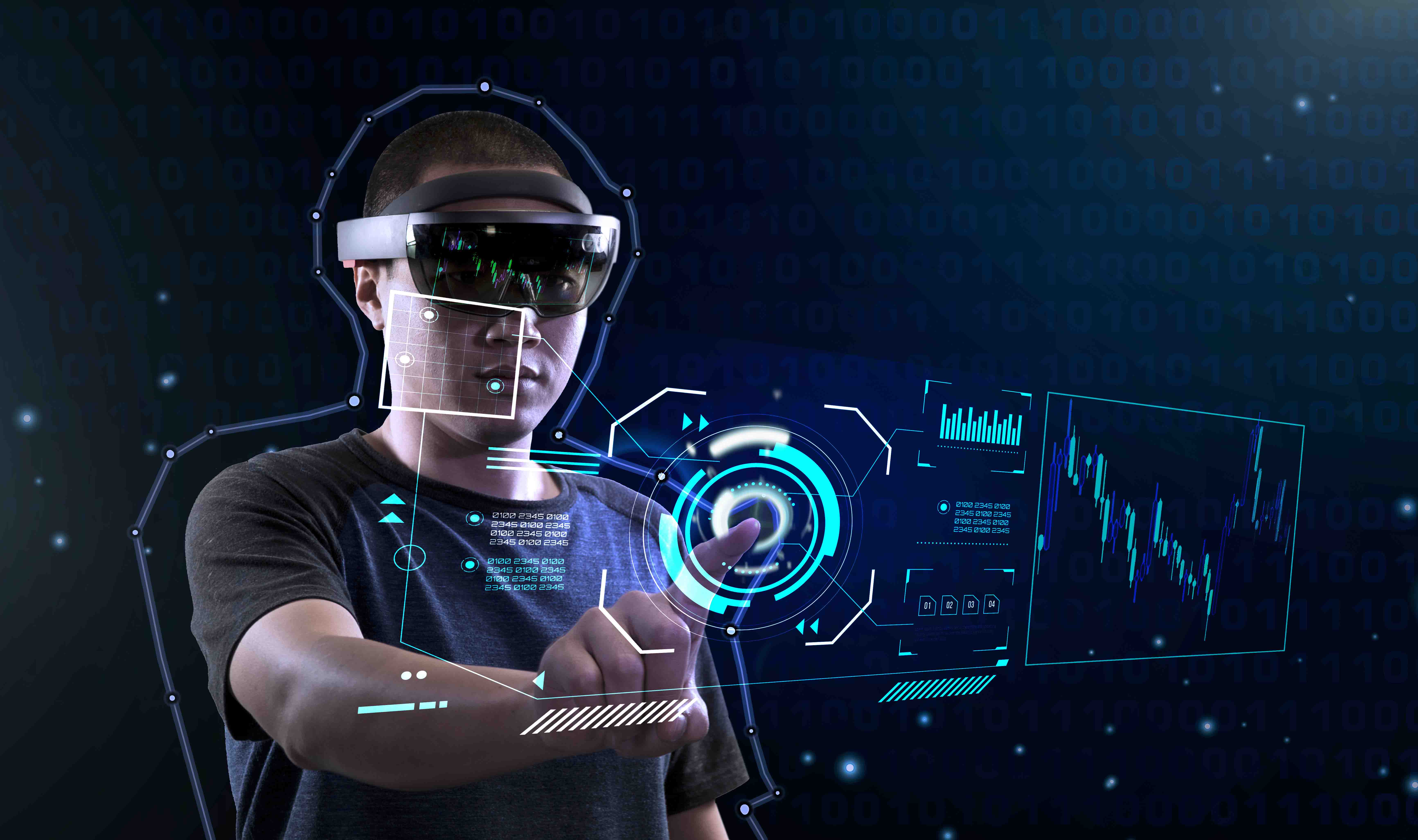Great care must be taken in the technical design of a user interface as well as in its creative expression because this has a decisive influence on the acceptance of a product by the user and thus on its success in marketing. An intuitive operation without the use of a manual is much easier to accept than a complicated variant which can only be carried out with the help of an extensive instruction manual.
There are many classical possibilities to realize a user interface, for example:
- single buttons and light emitting diodes (LEDs),
- alphanumeric displays,
- acoustic outputs,
- LC displays with and without touch technology,
- complex keyboards.
More modern user interfaces are known from the field of smartphones, tablet computers and also from the automotive sector; examples are:
- colored displays with wipe technology,
- speech input and output,
- input by handwriting with character recognition,
- Input by movements with gesture recognition.
In contrast to the classic input/output technologies the more modern variants require a very large embedded software component and, in some cases, artificial intelligence for embedded systems methods are also used, for example for handwriting recognition and gesture recognition. Highly innovative procedures and those still in research should enable the operation of devices with the help of thoughts; in this case, one speaks of a "brain-machine interface". Here, too, Fraunhofer IMS is doing research.
When choosing the right technology, the developer or product manager has to think about some questions:
- which user group has to handle the system? (elderly people, sick people, disabled people, ...)
- in which application environment is the system operating? (household, construction site, hospital, ...)
- are there requirements by standards or guidelines related to the product how high may the cost share of the user interface be?
- how high may the cost share of the user interface be? (low-cost device, high-end system)
For users with physical limitations, such as deafness or blindness, this alone eliminates certain user interfaces. If a medical device is to be operated in a hospital or doctor's office, the possibility of cleaning and sterilization must be considered; keyboards are often critical here. For example, Fraunhofer IMS has developed a special combination of gesture-based operation and acoustic output for an innovative medical device. For applications in humid or dirty environments the required protection class of the device must be observed. In other special cases the possibility of uncoupling the user interface from the device and implementing remote operation using appropriate communication interfaces should also be considered. In principle, of course, costs and energy requirements also play a role in the decision-making process. Fraunhofer IMS can fall back on many years of experience and realization examples for all variants and can provide support in research, conception and implementation.
